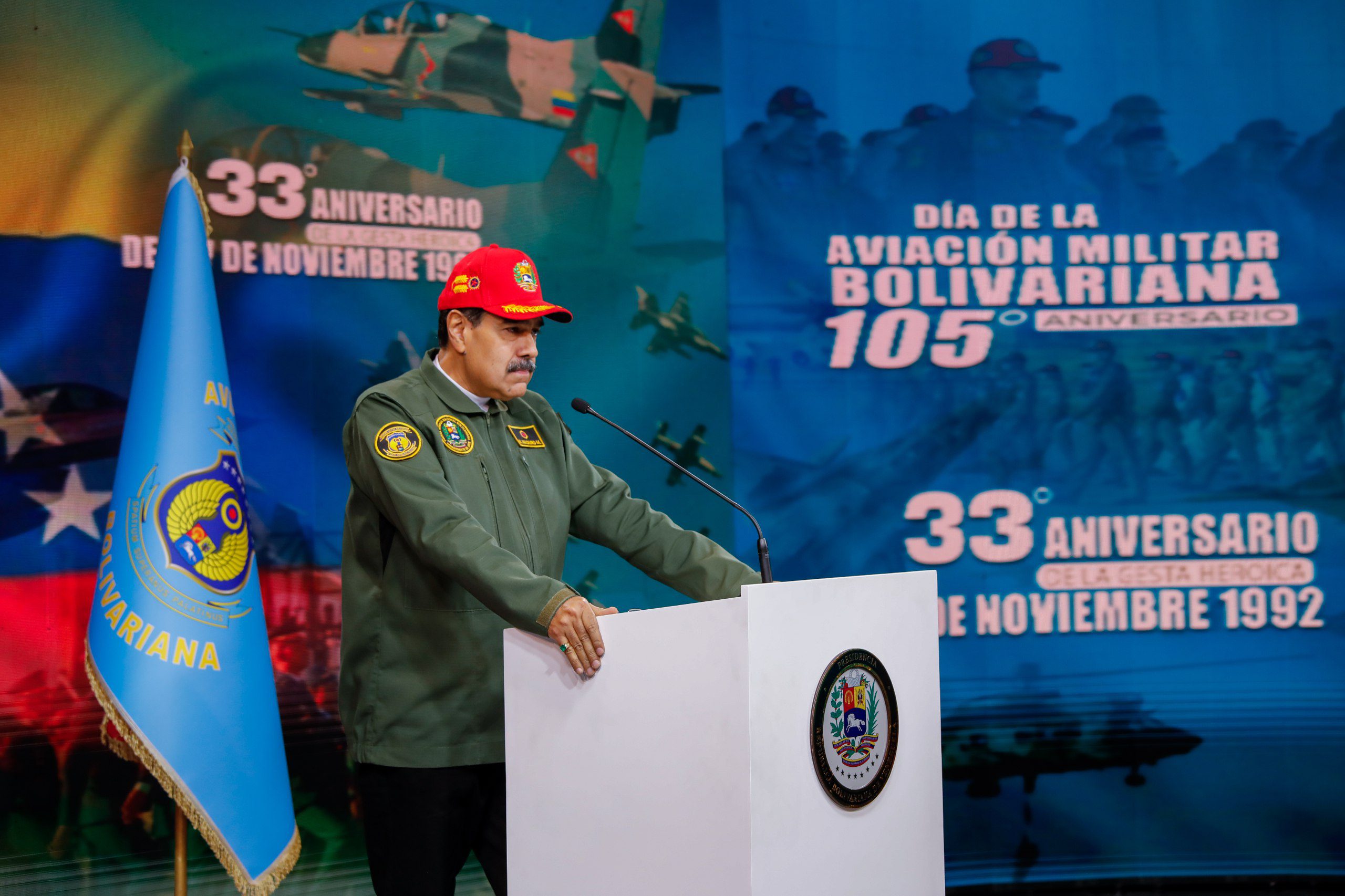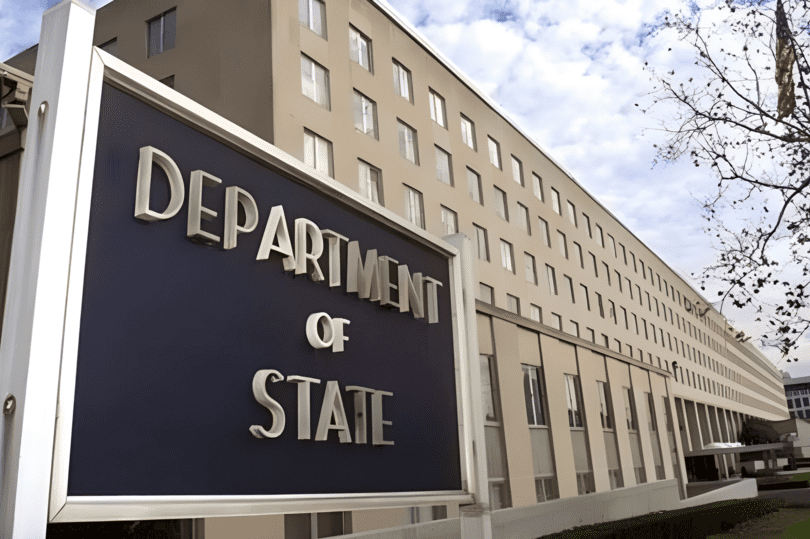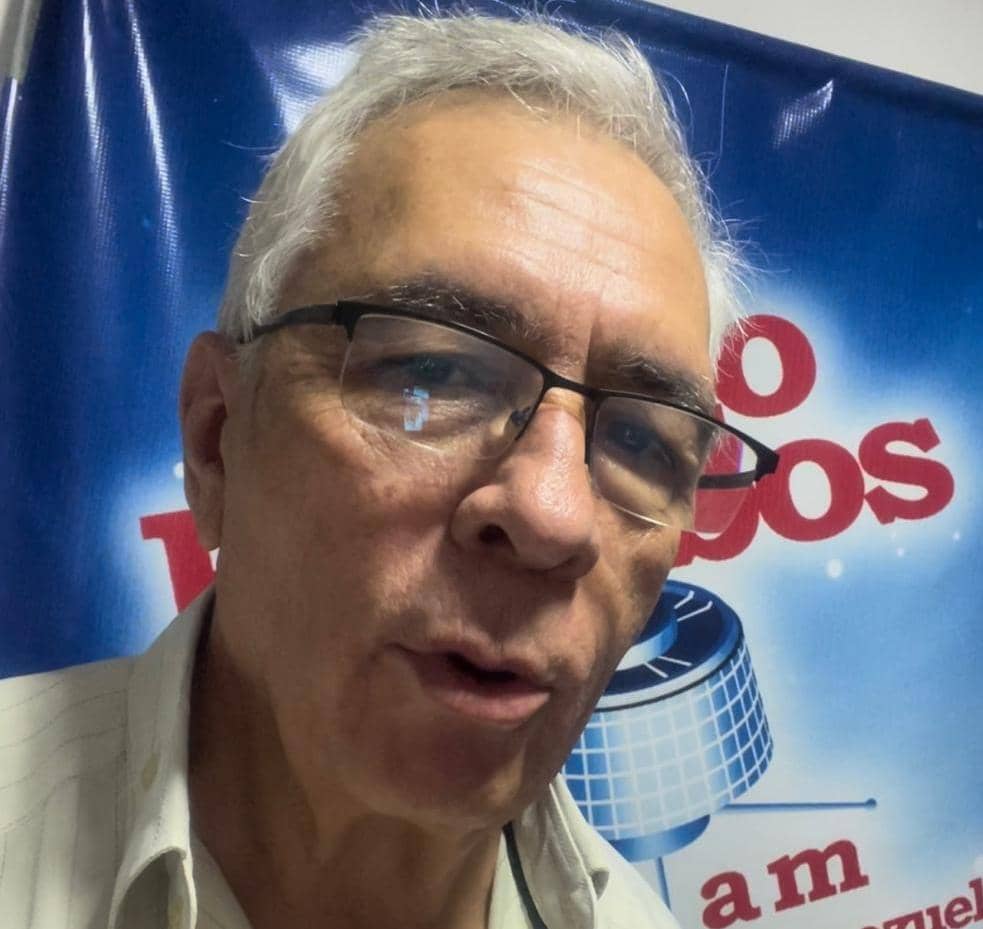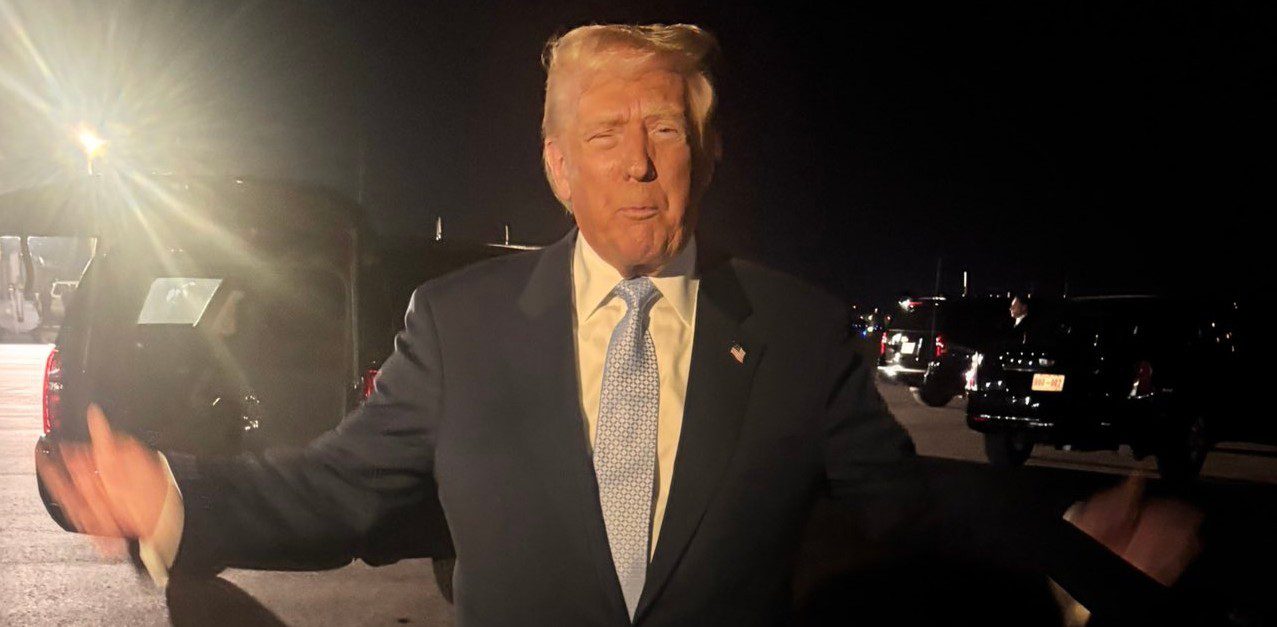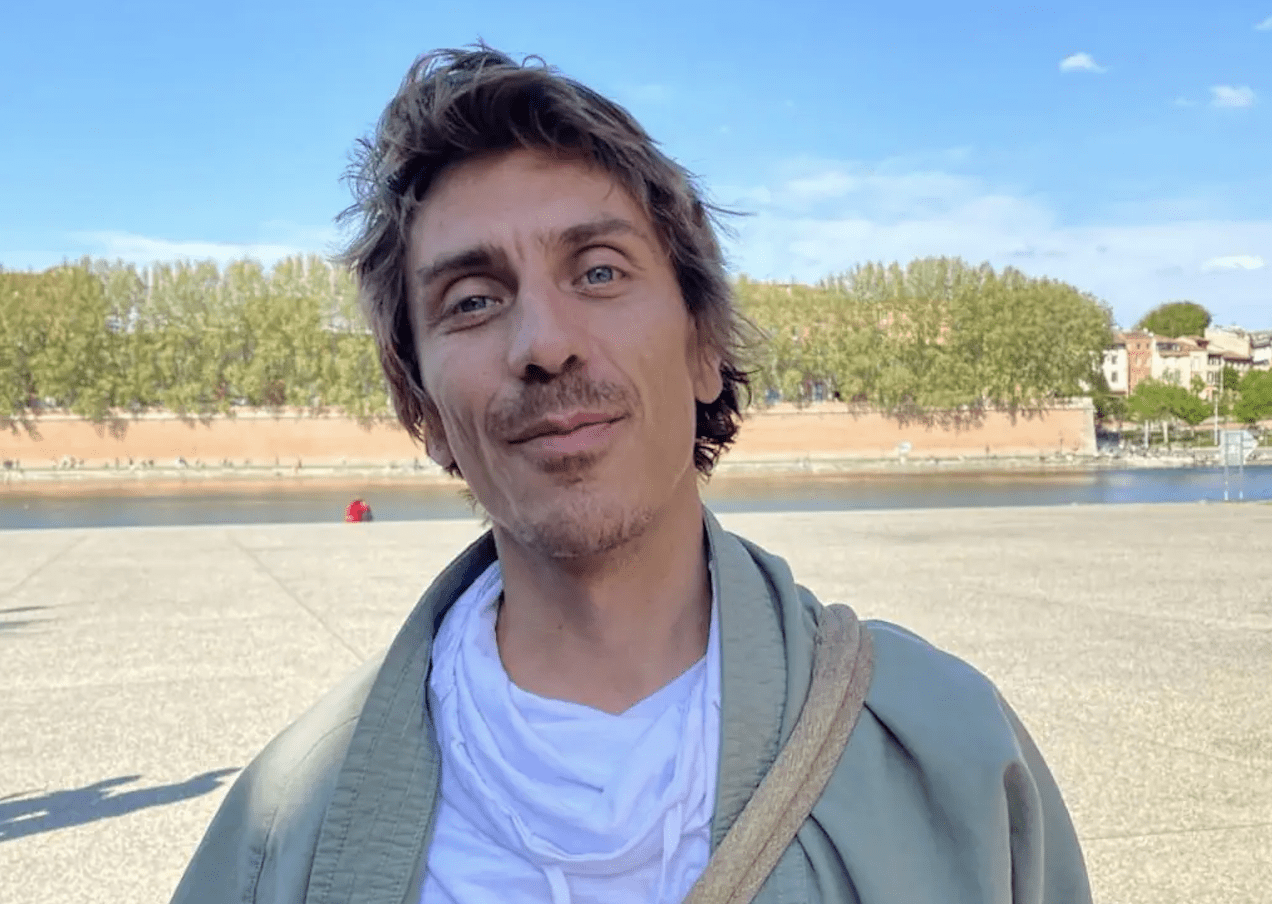“Zarco Aldinever” Was Considered the Number Two of the Second Marquetalia, a FARC Dissident Faction with Operations in Colombia and Venezuela. Photograph: Social Media.
Guacamaya, August 11, 2025. The Colombian government confirmed on Monday the death of José Aldinever Sierra Sabogal, alias “Zarco Aldinever,” leader of the Second Marquetalia, a dissident faction of the FARC, in Venezuelan territory.
The guerrilla fighter, who has been linked to the attack on senator and presidential pre-candidate Miguel Uribe Turbay, is believed to have been killed by the National Liberation Army (ELN) in an ambush.
Colombian Defense Minister Pedro Sánchez stated that “Zarco Aldinever” was the victim of an explosive attack during a meeting with ELN members in a jungle area near El Nula, Apure state, on the border with Colombia.
“What we did was an investigation, through our intelligence agencies, to verify the authenticity of that statement from these criminals,” Sánchez said, referring to a document released by the Second Marquetalia days earlier via social media.
“Zarco Aldinever” was considered the second-in-command of the FARC dissident group, led by alias “Iván Márquez,” who returned to arms in 2019, citing the Colombian government’s failure to uphold the 2016 Peace Agreement. Under Gustavo Petro’s leadership, peace negotiations had begun with this group and also with the ELN, as part of the “Total Peace” policy.
Sierra Sabogal had been identified by the Attorney General’s Office as one of the main suspects behind the planning of the armed attack against senator and presidential pre-candidate Miguel Uribe Turbay, which took place on June 7 in Bogotá and led to his death in the early hours of Monday, August 11.
However, Peace Commissioner Otty Patiño has dismissed this hypothesis, arguing that the Second Marquetalia is a virtually dismantled group, especially given the uncertain status of its leader, “Iván Márquez”—whose real name is Luciano Marín Arango—and who is also presumed dead.
Patiño further noted that guerrilla groups typically claim responsibility for such acts as political capital, something that did not happen in this case.
Despite this assessment, the Second Marquetalia has been linked to various criminal operations in border regions between Colombia and Venezuela, particularly in Arauca, Norte de Santander, and Venezuela’s Apure state. The dissident group has been in conflict with the ELN over territorial control, drug trafficking routes, and illegal mining zones—factors that may explain the attack.
The presence of these armed groups in Venezuelan territory is largely due to the complexity of the border with Colombia. In the vast forested areas shared by both countries, a struggle has emerged over control of illicit activities such as drug trafficking, illegal mining, and smuggling routes.
Some international actors and members of the Venezuelan opposition have even accused the national government of adopting a tolerant—or even collaborative—stance toward these groups, a situation they claim has hindered efforts to eradicate them.


